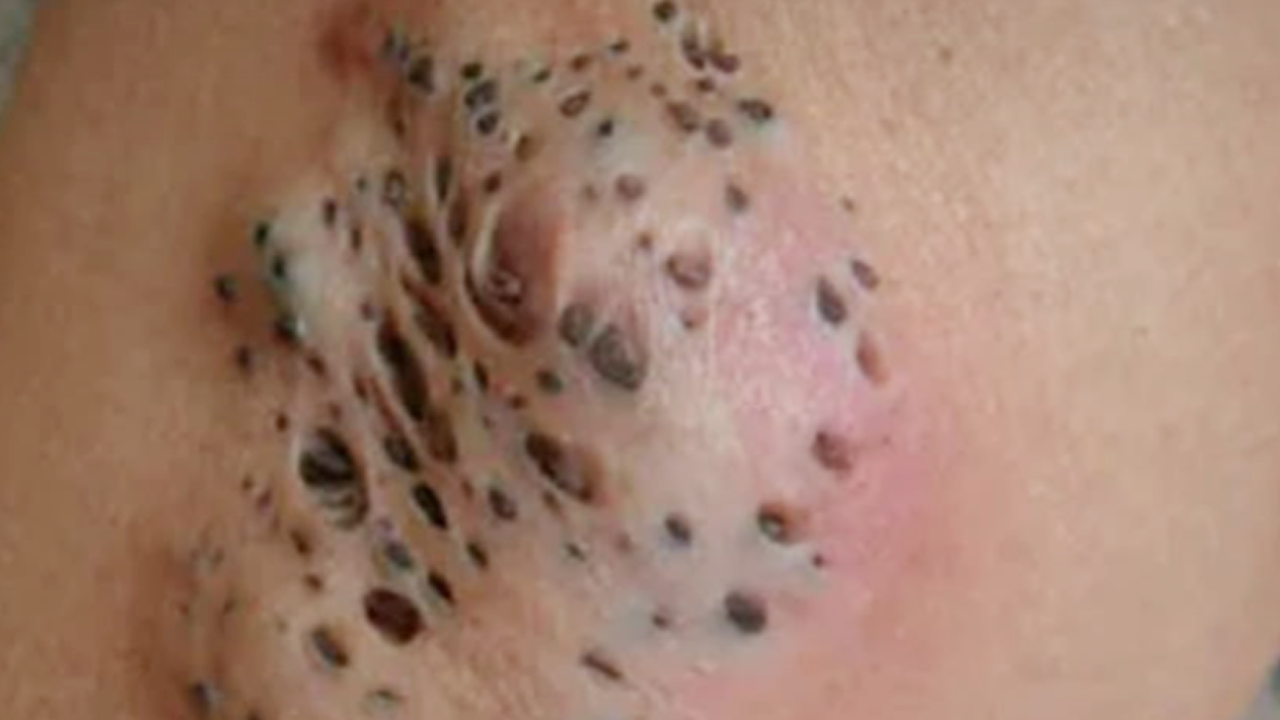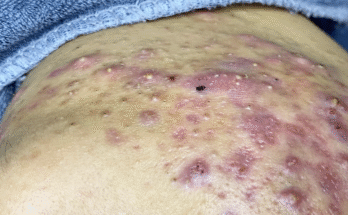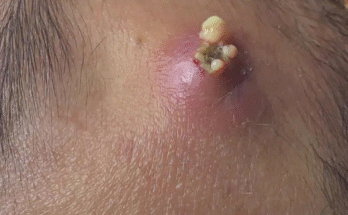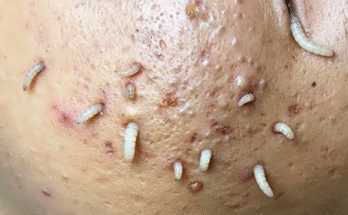Understanding Nevus Comedonicus: A Comprehensive Guide
Nevus comedonicus (NC), a relatively uncommon benign skin condition, presents as clusters of enlarged, keratin-filled pores—similar in appearance to blackheads. These clusters are typically grouped together in a linear or segmented pattern. Let’s delve deeper into this intriguing dermatological condition.
What is Nevus Comedonicus?
A Developmental Anomaly
NC is classified as a hamartoma, a developmental anomaly affecting the pilosebaceous unit (the hair follicle and its associated oil gland). This means the condition originates from an abnormality in the tissue’s formation, not an external cause. The resulting comedones (blocked pores) can appear congenitally (at birth) or during childhood.
Clinical Presentation
The hallmark of NC is the grouping of these comedones. They often appear in a linear or segmented pattern, which aids in diagnosis. Importantly, these lesions can be non-inflammatory, or they can become inflamed, potentially leading to secondary complications like cysts, pustules, or even abscesses.
When is Treatment Necessary?
While NC is benign, treatment is often sought for several reasons:
Cosmetic Concerns
The visible nature of the comedones, particularly if located on exposed areas of the body, can lead to significant cosmetic concerns, prompting individuals to seek treatment.
Inflammatory Complications
Recurrent infections or persistent inflammation associated with the lesions warrant medical intervention to prevent further complications and discomfort.
Severe Cases
The formation of cysts or abscesses represents a more serious manifestation of NC, necessitating prompt medical attention. Pain or the presence of discharge from the lesions also indicate a need for intervention.
Treatment Options for Nevus Comedonicus
Treatment strategies for NC vary based on the severity of the condition and the patient’s preferences. Here’s a breakdown of the available options:
Medical Management: Addressing the Symptoms
Topical Therapies
Mild cases of NC may respond to topical treatments aimed at managing the symptoms. These include:
- Retinoids (e.g., tretinoin): These help to unplug the follicles and reduce the number of comedones. While they can improve the appearance, they don’t eliminate the underlying nevus.
- Antibiotics (topical or oral): These combat secondary bacterial infections often associated with inflamed lesions.
- Keratolytics (e.g., salicylic acid): These agents help break down the keratin plugs, providing temporary relief from clogged pores.
It is crucial to understand that these topical treatments only manage the symptoms and do not remove the nevus itself.
Systemic Therapies
In more severe cases, or when topical treatments prove ineffective, systemic therapies might be considered:
- Oral Isotretinoin: A potent medication used for severe acne, it may be prescribed for refractory cases of NC.
- Antibiotics: Systemic antibiotics are employed when significant infection is present.
Surgical and Procedural Interventions: Definitive Treatment
For more extensive or cosmetically bothersome lesions, surgical or procedural interventions offer a more definitive approach:
Surgical Excision
This is the preferred method for localized NC. A wide local excision removes the affected skin completely. Larger lesions might necessitate suturing or skin grafting for closure. While providing permanent removal, it carries the risk of scarring and requires anesthesia.
Laser Therapy
CO₂ and Er:YAG lasers can vaporize superficial lesions, making them particularly suitable for multiple lesions or cosmetically sensitive areas. Multiple sessions may be required, and recurrence remains a possibility.
Other Minimally Invasive Procedures
Punch excision, curettage, dermabrasion, and chemical peels are less invasive options, often suitable for smaller lesions. However, these procedures may not be curative for deeply embedded lesions and can sometimes leave minor scarring.
A Typical Surgical Approach (Small Lesion)
A surgical excision for a small NC lesion typically involves:
- Local anesthesia: To numb the area.
- Full-thickness elliptical excision: Precise removal of the affected tissue.
- Histological examination: Microscopic analysis of the excised tissue to confirm the diagnosis.
- Closure with sutures: Stitching the wound closed.
- Follow-up: Regular check-ups to monitor healing and detect any recurrence.
Considerations for Diagnosis and Management
- Diagnosis: NC is primarily diagnosed through clinical examination. A biopsy may be necessary for confirmation, particularly if the diagnosis is unclear.
- Recurrence: Even after successful treatment, there’s a potential for recurrence, highlighting the importance of ongoing monitoring.
- Cosmetic Outcomes: Treatment decisions are frequently influenced by the patient’s cosmetic concerns, especially when lesions are located in highly visible areas.
Conclusion
Nevus comedonicus is a treatable condition. The appropriate treatment strategy depends greatly on the individual case—ranging from simple topical therapies to more involved surgical procedures. A consultation with a dermatologist is crucial for accurate diagnosis and to develop a personalized treatment plan that addresses both the medical and cosmetic aspects of this condition. Remember to always consult a medical professional for any skin concerns.



